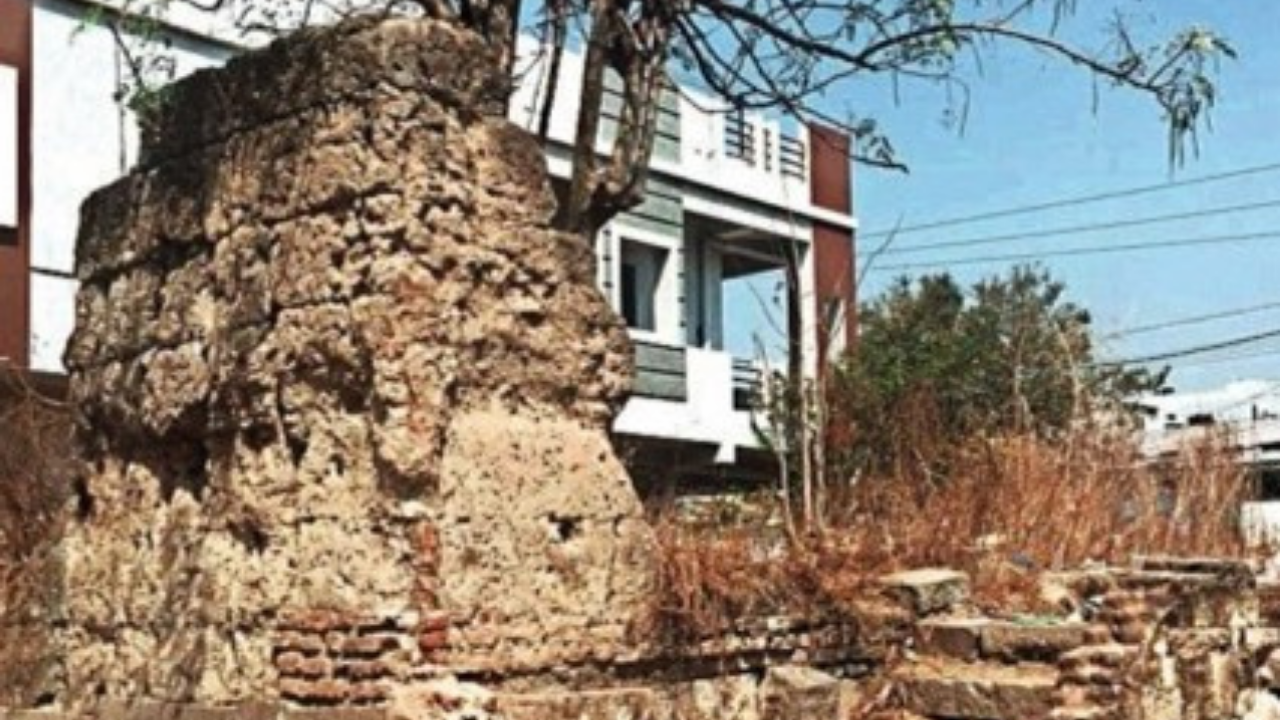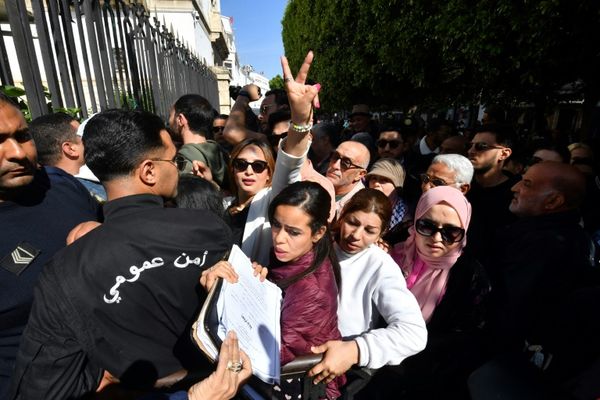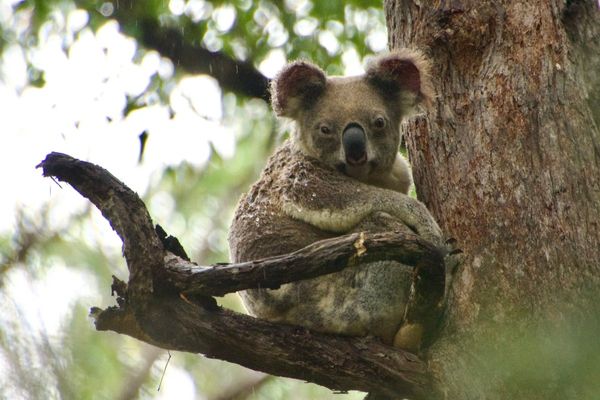
HYDERABAD: Telangana is studded with hundreds of archaeological sites, historical monuments, rock art caves and idols.
Sadly, rock art sites like Kokapet are near extinct, while sites like Chandupatla are crying for protection, writes U Sudhakarreddy Devunigutta temple near Kothur village in Mulugu district, some 200 km from Hyderabad, is unique for its architecture.
The temple was built in the magnificent Badami Chalukya style. Today, the temple stands with nary a care in the world. Not just Devunigutta, an equal number of early historical sites belonging to Maurya, pre-Satavahana, Satavahana, Ikshwaku and Vishnukundina dynastic periods between 3rd century BCE and 5th century CE are also under grave threat.
Early medieval sites of Badami Chalukya and Rastrakuta dynasties pertaining to 7th century and 9th century CE are disappearing from Telangana map. Multiple unprotected heritage sites and statues are crying for help in Telangana, including Hyderabad. Officially, nine sites are Archaelogical Survey of India (ASI) protected, around 346 are under the state archaeology department’s care.
Pre-historic rock shelters and cave shelters are in large numbers in southern Telangana. Sriramoju Haragopal of Kotha Telangana Charitra Brundam says sites, idols and sculptures are under serious threat due to looting and digging by treasure hunters. “There is a need for proper documentation,” he stresses.
Since there are no heritage committees at the state and district levels, inclusion of these unprotected sites and idols in the protected list is near impossible. For that matter, more than 50 prehistoric rock art sites belonging to the mesolithic and megalithic periods in the districts of southern Telangana are in a hopeless situation. “A number of iron age (megalithic) sites are located throughout the state. But, they are endangered with new irrigation projects and reclamation of land for agricultural purposes and other development works,” a noted archaeologist avers.
Blame it on lack of awareness about the archaeological signifi cance of the iron age, burials belonging to 2000-500 BC are buried under these projects and in cultivated lands. Chandupatla and Inamguda are such sites which need help. Medieval sites and monuments built during Kanduru Chola, Kalyani Chalukya and Kakatiya periods between 10th century and 14th century CE are also in utter neglect. “Nobody is bothered about our history and heritage,” the archaeologist not wanting to be named rues.
Even early historic mud fortifi cations at Dhulikatta in Kotalingala in Jagtial district are disappearing. Rockcut fortifi cations at Gandharikota, stone fortifi cations like Prataparudra Kota, Chandraguptapatnam, Rachakonda, Devarakonda, Jafargadh, Pangal, Ghanpur and mud fortifications at Kalvakol, Nandi Vaddeman and Bhuvanagiri are losing their identity due to lack of maintenance. A good number of transplanted temples constructed during Chalukya and Vijayanagara periods between 7th century and 16th century CE at Jetprole, Chinnamarur and Pragatur are left uncared for.
Moreover, a considerable number of Islamic heritage structures at Pangal, Ghanpur, Koilkonda and Nasrullabad need immediate attention. Archaeologists say that village-wise survey of archaeological sites, historical monuments, sculptures and inscriptions is the need of the hour. “Exact extent of land of the protected sites and monuments should be ascertained from the revenue department and a blue book should be maintained.
Most of the protected sites like Hasmathpet have been encroached upon,” says a wellknown archaeologist. Meanwhile, the state archaeology department says its hands are tied and that it doesn’t have staff to manage these sites. D Ramulu Naik, deputy director of archaeology department, says: “We have just 60 staffers to keep guard at 346 sites. So, we focus on major sites like Qutb Shahi tombs where 12 staffers are stationed and places like Bhuvanagiri fort, Kolanpak and Phanigiri. ”







